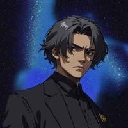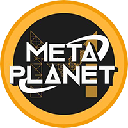-
 Bitcoin
Bitcoin $118800
0.58% -
 Ethereum
Ethereum $3813
6.89% -
 XRP
XRP $3.529
2.75% -
 Tether USDt
Tether USDt $1.000
-0.01% -
 BNB
BNB $755.1
3.06% -
 Solana
Solana $183.0
2.98% -
 USDC
USDC $0.9997
-0.01% -
 Dogecoin
Dogecoin $0.2670
9.75% -
 Cardano
Cardano $0.8748
5.90% -
 TRON
TRON $0.3192
0.08% -
 Hyperliquid
Hyperliquid $47.26
5.01% -
 Stellar
Stellar $0.4763
2.59% -
 Sui
Sui $4.001
5.68% -
 Chainlink
Chainlink $19.68
8.62% -
 Hedera
Hedera $0.2796
3.70% -
 Bitcoin Cash
Bitcoin Cash $550.9
9.05% -
 Avalanche
Avalanche $25.39
6.47% -
 Shiba Inu
Shiba Inu $0.00001557
5.68% -
 Litecoin
Litecoin $117.7
15.59% -
 UNUS SED LEO
UNUS SED LEO $8.975
-0.11% -
 Toncoin
Toncoin $3.315
4.44% -
 Polkadot
Polkadot $4.581
7.41% -
 Uniswap
Uniswap $10.84
7.11% -
 Pepe
Pepe $0.00001451
10.27% -
 Ethena USDe
Ethena USDe $1.001
0.00% -
 Monero
Monero $327.5
0.06% -
 Bitget Token
Bitget Token $5.018
2.63% -
 Dai
Dai $0.9999
0.00% -
 Aave
Aave $334.4
5.21% -
 Bittensor
Bittensor $432.3
3.73%
How will Bitcoin payment platforms develop in the future? Trend analysis
Bitcoin payment platforms are integrating with traditional finance, enhancing security, improving user interfaces, expanding merchant acceptance, ensuring compliance, and addressing scalability.
Apr 21, 2025 at 10:07 am

The development of Bitcoin payment platforms has been a significant topic within the cryptocurrency circle, as these platforms play a crucial role in facilitating the use of Bitcoin for everyday transactions. This article will analyze the trends that have emerged and are likely to continue shaping the future of Bitcoin payment platforms.
Integration with Traditional Financial Systems
One of the most prominent trends in the evolution of Bitcoin payment platforms is their increasing integration with traditional financial systems. Bitcoin payment platforms are increasingly offering services that bridge the gap between cryptocurrencies and fiat currencies. This integration is vital for mainstream adoption, as it allows users to seamlessly convert between Bitcoin and traditional currencies.
For instance, many Bitcoin payment platforms now offer debit cards that can be used at any merchant accepting traditional credit or debit cards. These cards automatically convert Bitcoin to the local currency at the point of sale, making it easier for users to spend their Bitcoin without worrying about merchant acceptance. Additionally, some platforms have established partnerships with banks and financial institutions, enabling direct transfers between Bitcoin wallets and bank accounts.
Enhanced Security Measures
Security remains a top priority for Bitcoin payment platforms, given the inherent risks associated with digital currencies. To address these concerns, platforms are continuously developing and implementing advanced security measures. These measures include multi-signature wallets, two-factor authentication, and cold storage solutions.
Multi-signature wallets require multiple private keys to authorize a transaction, adding an extra layer of security. Two-factor authentication adds another verification step, typically through a mobile app or text message, to ensure that only the account owner can access the funds. Cold storage solutions store the majority of a platform's Bitcoin offline, reducing the risk of hacking attempts.
User-Friendly Interfaces
To encourage broader adoption, Bitcoin payment platforms are focusing on creating more user-friendly interfaces. The complexity of managing cryptocurrencies has been a barrier for many potential users, so platforms are simplifying the user experience.
This involves designing intuitive dashboards, providing clear instructions for setting up wallets, and offering customer support in multiple languages. Some platforms are also incorporating educational resources to help users understand Bitcoin and its benefits. By making the platform more accessible, these efforts aim to attract a wider audience, including those who may be new to cryptocurrencies.
Expansion of Merchant Acceptance
Another key trend is the expansion of merchant acceptance of Bitcoin. Bitcoin payment platforms are working to increase the number of merchants that accept Bitcoin as a form of payment. This is being achieved through partnerships with payment processors, the development of point-of-sale systems that support Bitcoin, and incentives for merchants to adopt the cryptocurrency.
For example, some platforms offer lower transaction fees for merchants who accept Bitcoin, making it an attractive alternative to traditional payment methods. Additionally, platforms are providing tools that help merchants integrate Bitcoin payments into their existing systems, reducing the technical barriers to adoption.
Regulatory Compliance
As Bitcoin and other cryptocurrencies gain more attention from regulators, Bitcoin payment platforms are placing a greater emphasis on regulatory compliance. This includes adhering to anti-money laundering (AML) and know-your-customer (KYC) regulations, which are becoming more stringent in many jurisdictions.
To comply with these regulations, platforms are implementing robust identity verification processes and maintaining detailed transaction records. Some platforms are also engaging with regulators directly, seeking to establish clear guidelines for operating within the legal framework. By ensuring compliance, these platforms aim to build trust with both users and regulators, fostering a more stable environment for Bitcoin transactions.
Scalability Solutions
Scalability has been a persistent challenge for Bitcoin, and Bitcoin payment platforms are actively exploring solutions to improve transaction speeds and reduce costs. One approach is the implementation of second-layer solutions like the Lightning Network, which allows for faster and cheaper transactions by processing them off the main blockchain.
Platforms are also working on improving their internal infrastructure to handle higher transaction volumes. This includes upgrading server capacities, optimizing transaction processing algorithms, and integrating with other blockchain networks to distribute the load. By addressing scalability issues, Bitcoin payment platforms can better support the growing demand for Bitcoin transactions.
FAQs
Q: How do Bitcoin payment platforms handle transaction fees?
A: Bitcoin payment platforms typically charge a transaction fee for processing Bitcoin payments. These fees can vary depending on the platform and the speed of the transaction. Some platforms offer competitive fees to attract users, while others may charge higher fees for faster transaction processing. Additionally, platforms may adjust their fee structures based on network congestion and other factors.
Q: Can Bitcoin payment platforms be used for international transactions?
A: Yes, Bitcoin payment platforms can be used for international transactions. Bitcoin's decentralized nature allows for borderless transactions, making it an attractive option for sending and receiving payments across different countries. However, users should be aware of potential regulatory restrictions and currency conversion fees that may apply when using Bitcoin for international transfers.
Q: What should users look for when choosing a Bitcoin payment platform?
A: When choosing a Bitcoin payment platform, users should consider several factors, including security measures, user-friendliness, transaction fees, and regulatory compliance. It's important to select a platform that offers robust security features, such as multi-signature wallets and two-factor authentication, to protect your funds. Additionally, a user-friendly interface can make managing your Bitcoin easier, while competitive transaction fees and adherence to regulatory standards can enhance the overall experience.
Q: How do Bitcoin payment platforms handle customer support?
A: Bitcoin payment platforms typically offer customer support through various channels, including email, live chat, and sometimes phone support. Many platforms also provide extensive FAQ sections and knowledge bases to help users troubleshoot common issues. The quality of customer support can vary between platforms, so it's important to research and choose a platform that offers responsive and helpful support services.
Disclaimer:info@kdj.com
The information provided is not trading advice. kdj.com does not assume any responsibility for any investments made based on the information provided in this article. Cryptocurrencies are highly volatile and it is highly recommended that you invest with caution after thorough research!
If you believe that the content used on this website infringes your copyright, please contact us immediately (info@kdj.com) and we will delete it promptly.
- Dogecoin Price, Institutions, and the 2025 Prediction: A NYC Perspective
- 2025-07-20 22:50:12
- Subway Surfers: Unlock Characters, Master Tips & Tricks for Endless Fun
- 2025-07-20 22:50:12
- Bitcoin, Whales, and Binance: Decoding Market Moves
- 2025-07-20 22:30:13
- Tokenize Xchange, Singapore, and Digital Payments: A Shifting Landscape
- 2025-07-20 23:10:12
- Bangladesh vs. Pakistan: T20 Showdown and Shifting Sands in Crypto
- 2025-07-20 22:30:13
- Bitcoin, America, Awakening: A New Era of Crypto Confidence?
- 2025-07-20 22:55:13
Related knowledge
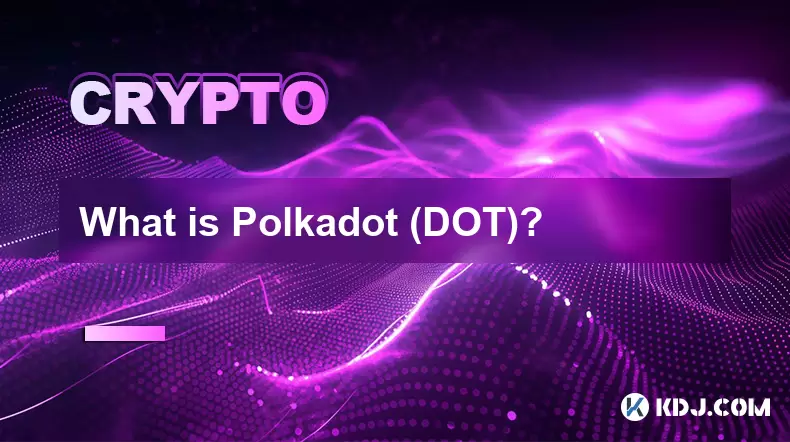
What is Polkadot (DOT)?
Jul 19,2025 at 06:35pm
Understanding the Basics of Polkadot (DOT)Polkadot (DOT) is a multi-chain network protocol designed to enable different blockchains to transfer messag...

How to add indicators to Ethereum chart on TradingView?
Jul 19,2025 at 07:15am
What Is an Ethereum Chart on TradingView?The Ethereum chart on TradingView is a visual representation of the price movement of Ethereum (ETH) over a s...
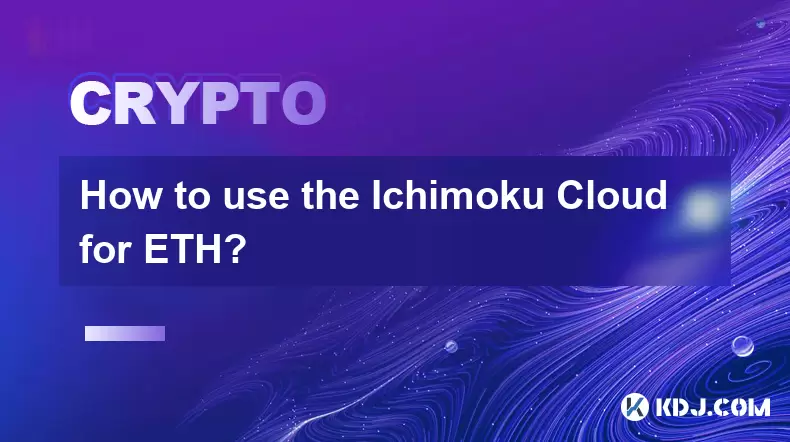
How to use the Ichimoku Cloud for ETH?
Jul 18,2025 at 09:56pm
Understanding the Ichimoku Cloud and Its ComponentsThe Ichimoku Cloud, also known as Ichimoku Kinko Hyo, is a versatile technical analysis tool that p...
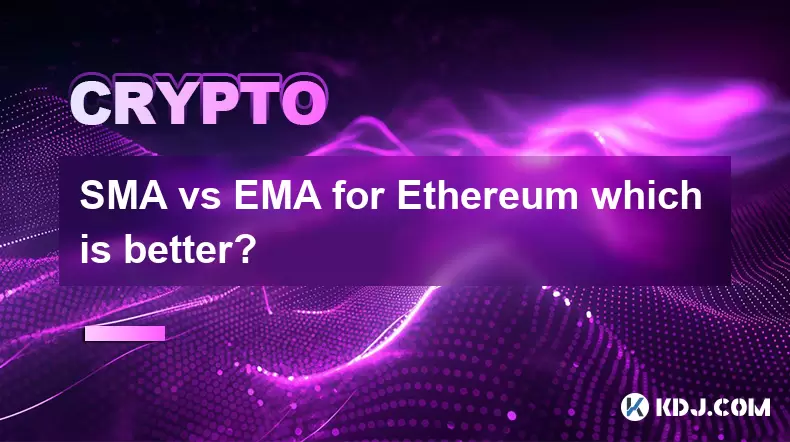
SMA vs EMA for Ethereum which is better?
Jul 19,2025 at 12:36am
Understanding the Basics of SMA and EMAIn the world of cryptocurrency trading, especially when dealing with Ethereum, technical indicators play a cruc...
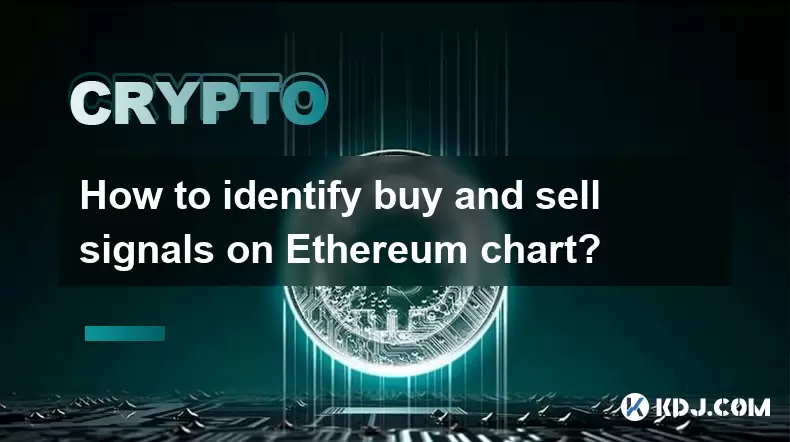
How to identify buy and sell signals on Ethereum chart?
Jul 21,2025 at 12:28am
Understanding Ethereum Chart BasicsBefore diving into identifying buy and sell signals on the Ethereum chart, it's crucial to grasp the basics of cryp...

Best moving average for Ethereum day trading
Jul 19,2025 at 01:42am
Understanding the Role of Moving Averages in Ethereum Day TradingIn the realm of Ethereum day trading, moving averages are indispensable tools for ide...

What is Polkadot (DOT)?
Jul 19,2025 at 06:35pm
Understanding the Basics of Polkadot (DOT)Polkadot (DOT) is a multi-chain network protocol designed to enable different blockchains to transfer messag...

How to add indicators to Ethereum chart on TradingView?
Jul 19,2025 at 07:15am
What Is an Ethereum Chart on TradingView?The Ethereum chart on TradingView is a visual representation of the price movement of Ethereum (ETH) over a s...

How to use the Ichimoku Cloud for ETH?
Jul 18,2025 at 09:56pm
Understanding the Ichimoku Cloud and Its ComponentsThe Ichimoku Cloud, also known as Ichimoku Kinko Hyo, is a versatile technical analysis tool that p...

SMA vs EMA for Ethereum which is better?
Jul 19,2025 at 12:36am
Understanding the Basics of SMA and EMAIn the world of cryptocurrency trading, especially when dealing with Ethereum, technical indicators play a cruc...

How to identify buy and sell signals on Ethereum chart?
Jul 21,2025 at 12:28am
Understanding Ethereum Chart BasicsBefore diving into identifying buy and sell signals on the Ethereum chart, it's crucial to grasp the basics of cryp...

Best moving average for Ethereum day trading
Jul 19,2025 at 01:42am
Understanding the Role of Moving Averages in Ethereum Day TradingIn the realm of Ethereum day trading, moving averages are indispensable tools for ide...
See all articles

















